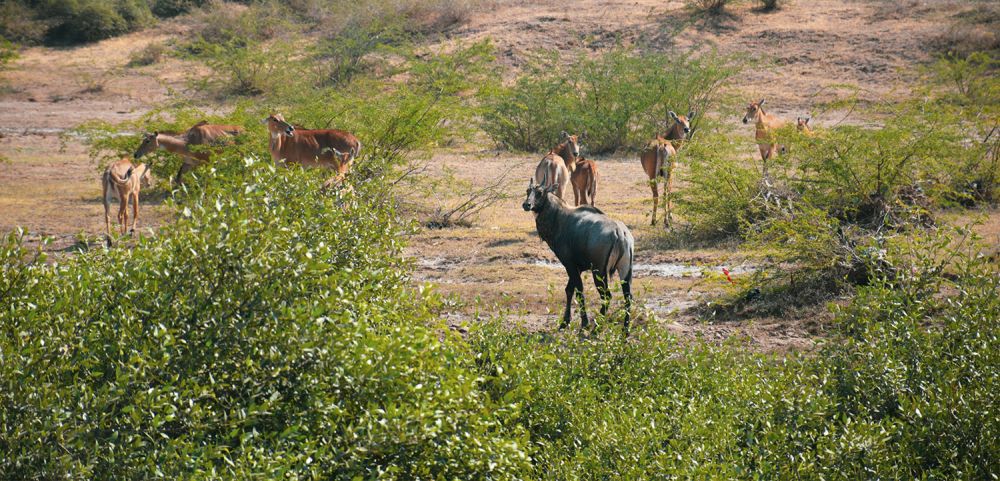

Located in the Banaskantha District of Northern Gujarat, the Balaram-Ambaji Wildlife Sanctuary has been an integral part of regional conservation efforts and eco-tourism. The sanctuary, established in 1989, encompasses an area of approximately 542 square kilometers and is situated close to the famed Ambaji temple, one of the 51 Shakti Peethas significant in Hindu pilgrimage.
The area around Ambaji has long been revered for its religious significance, drawing visitors for centuries. However, it was not until later in the 20th century that its natural environments began to be equally appreciated and protected for their biodiversity. Since the establishment of the sanctuary, tourism has gradually become an intertwined component of the region's character.
In the early 1990s, following the creation of the wildlife sanctuary, eco-tourism started to grow as a concept across the world, with India taking keen interest in promoting its rich and varied natural heritage. The Balaram-Ambaji region, with its mix of cultural and ecological attractions, started seeing a moderate rise in visitors, including pilgrims, nature lovers, and wildlife enthusiasts. During these initial years, the state of Gujarat embarked on a journey of infrastructural development to support tourism, by improving transportation networks and basic amenities.
Over the years, the Government of Gujarat has actively promoted the region through various tourism campaigns and has worked on further developing local infrastructure. Lodging facilities in the form of forest guest houses, as well as private hotels, have emerged to facilitate longer stays for tourists. Nature trails and guided tours have also become a part of the sanctuary's offerings, aimed at educating visitors about the region's flora and fauna.
The sanctuary is rich in biodiversity, with a variety of fauna such as leopards, sloth bears, blue bulls, and numerous species of birds. With the rise in nature-based tourism, a greater emphasis on conservation has become apparent, leading to enhanced efforts to protect these species and their habitats. Such activities have provided an impetus for the growth of sustainable tourism in the area.
The historical Ambaji Temple, dedicated to the Goddess Amba, remains a major draw for pilgrims. During important festivals like Navratri, the town of Ambaji witnesses a massive influx of worshippers. The religious tourism significantly overlaps with eco-tourism, as many devotees also partake in excursions to the surrounding wildlife sanctuary.
More recently, adventure tourism has also taken hold, with the sanctuary's hilly terrain providing opportunities for trekking, rock climbing, and exploring. The local authorities have been making concerted efforts to balance the environmental sustainability and the increasing footfall, ensuring that tourism growth does not come at the cost of ecological integrity.
The combination of devout spirituality and pristine natural beauty continues to make the Balaram-Ambaji Wildlife Sanctuary a compelling destination for tourists. Efforts towards promoting responsible tourism practices are ongoing, promising a better future for one of Gujarat's treasured sites.